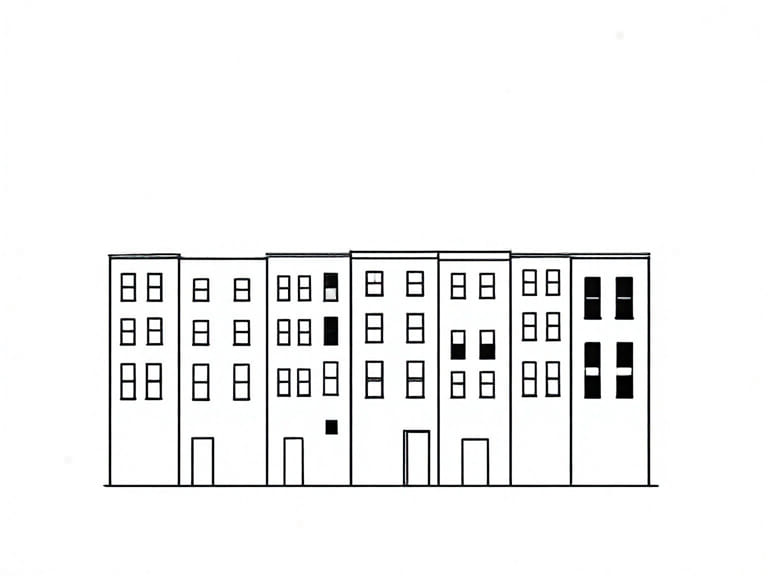Jacob Riis New York Squalor
In the late 19th century, New York City was a bustling metropolis marked by rapid industrialization and an influx of immigrants seeking better lives. However, beneath the surface of this growth lay a darker reality widespread poverty, overcrowding, and unsanitary living conditions that defined much of the city’s poorest neighborhoods. Jacob Riis, a pioneering journalist and social reformer, played a crucial role in exposing this ‘New York squalor’ to the public. His work combined compelling writing with groundbreaking photography, shedding light on the harsh realities faced by thousands of urban residents and sparking much-needed reform.
Who Was Jacob Riis?
Jacob August Riis was a Danish-American journalist, photographer, and social reformer who immigrated to the United States in 1870. Experiencing poverty firsthand upon his arrival, Riis developed a deep empathy for the struggles of immigrants and the working poor in New York City. Determined to bring attention to the dire living conditions of these marginalized communities, he used his talents to advocate for social change.
Riis’s Early Life and Career
- Born in Denmark in 1849, immigrated to the U.S. at age 21
- Worked various low-paying jobs while learning English and observing urban life
- Became a reporter for The New York Evening Sun in the 1880s
- Developed an interest in photography to document poverty visually
His unique combination of journalism and photography would become a powerful tool in social reform.
New York Squalor: The Reality Exposed
The term New York squalor refers to the appalling living conditions in the city’s tenements and slums during the late 1800s. Overcrowded, poorly ventilated, and lacking basic sanitation, these neighborhoods were breeding grounds for disease, crime, and despair. Riis vividly described and photographed these environments to give a voice to those suffering in silence.
Conditions in the Tenements
- Rooms often housed entire families in cramped spaces
- Little access to clean water or proper sewage systems
- Poor lighting and ventilation contributed to health problems
- High rates of tuberculosis and other infectious diseases
- Children forced to work or live in dangerous streets
Riis’s accounts brought these hidden realities to the attention of middle- and upper-class audiences who were often unaware of such suffering.
The Power of Photography in Social Reform
One of Jacob Riis’s greatest contributions was his pioneering use of flash photography to capture images inside dark, cramped tenements. At a time when cameras required long exposures and bright natural light, Riis adapted the technology to reveal scenes rarely seen by the public. These photographs served as undeniable evidence of urban poverty and were used alongside his writing to strengthen calls for reform.
Notable Photographic Works
- Images of overcrowded rooms with families living in squalor
- Photographs of children playing in unsafe, garbage-strewn streets
- Depictions of women and men enduring harsh conditions
- Visual documentation of New York’s worst slums, including the notorious Mulberry Bend
These photographs were published in books, newspapers, and public lectures, making an emotional impact far beyond words alone.
‘How the Other Half Lives’
In 1890, Riis published his most famous work,How the Other Half Lives, a groundbreaking book that combined his journalism and photography to document the plight of New York’s poor. The book was instrumental in raising awareness among policymakers and the general public about the urgent need for housing reform and better urban planning.
Impact of the Book
- Helped spark legislation aimed at improving tenement housing
- Influenced reformers like Theodore Roosevelt, then New York City Police Commissioner
- Raised public consciousness about urban poverty and its social consequences
- Encouraged philanthropic and government efforts to improve living conditions
How the Other Half Livesremains a seminal work in the history of social reform and urban studies.
Legacy and Influence of Jacob Riis
Jacob Riis’s work had a lasting effect on the fight against urban poverty and the development of social policies in the United States. By bringing the suffering of the city’s poor into the public eye, he helped initiate reforms that improved housing standards, sanitation, and child welfare.
Long-Term Contributions
- Raised awareness about poverty as a societal issue requiring government intervention
- Helped establish the foundation for modern social work and urban reform movements
- Inspired future generations of photojournalists and activists
- Contributed to the eventual creation of building codes and housing regulations
Riis’s blend of storytelling and visual documentation set a precedent for using media to promote social justice.
The story of Jacob Riis and New York squalor is a powerful example of how journalism and photography can expose harsh truths and drive meaningful change. Riis’s dedication to revealing the living conditions of the city’s poorest residents challenged society to confront uncomfortable realities and act. His work remains an essential chapter in the history of urban reform and a testament to the enduring power of storytelling to inspire empathy and action. Through his efforts, the dark corners of New York City’s slums were illuminated, paving the way for improvements that benefitted countless lives.
